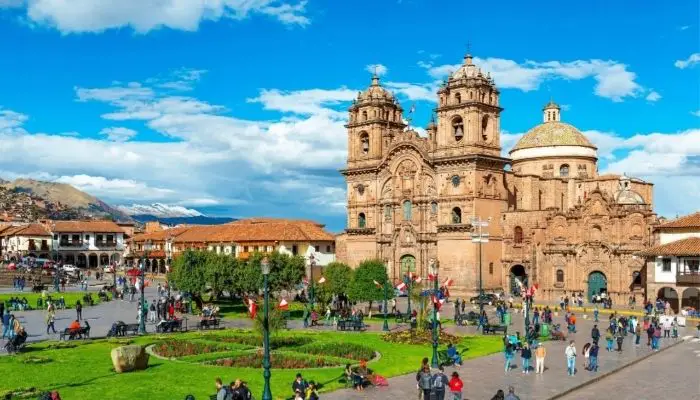Attractions in Cusco, the oldest continuously inhabited city in the Americas and the former capital of the Incas, is a UNESCO World Heritage Site. Many of the stone walls that line the streets were constructed by the Incas, and the ruins of the ancient Inca city served as the inspiration for the Spanish architecture you see today.
The Inca masonry on which later buildings were built survived the earthquakes that shook Cusco in 1650, 1950, and 1986, while the colonial and other buildings above collapsed. Cusco repaired its churches and historic structures following each earthquake.
The Sacred Valley, Machu Picchu, and other adjacent Inca sites are where most visitors to Cusco go, but it’s worth taking some time to explore the city itself and take in all of its sights. The majority are located near the Plaza de Armas and its neighbouring streets, which are also where you can find lodging, dining, and shopping.
Top Tourist Attractions in Cusco
From the northeast corner of the Plaza de Armas, proceed upward into the stone-paved streets of the San Blas neighbourhood. You’ll find quaint stores and eateries in this charming little area that are popular with both locals and tourists who prefer to stay in this quieter area with lovely views of the entire city.
Plan your vacation using our list of the top attractions in Cusco to make sure you don’t miss any of the must-see locations.
1. La Merced
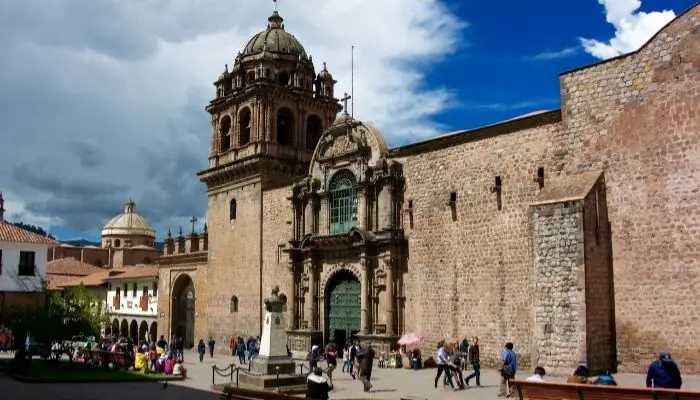
A previous church, constructed here in 1536 and demolished in the devastating 1650 earthquake that levelled much of Cusco, was replaced by the Baroque church and convent of La Merced between 1657 and 1680.
In Cusco, La Merced is regarded as the third most significant colonial church, behind the cathedral and La Compania. The sacristy houses the most priceless item in the church’s collection—a gold monstrance adorned with beautiful gems and the second-largest pearl in the world.
A carved choir and paintings from the 18th century depicting the life of San Pedro Nolasco, who started the Order of La Merced, can be found inside the cathedral. The two-story cloister is particularly lovely. The Plaza de Armas is just south of the chapel.
2. Museo de Arte Precolombino (Pre-Columbian Art Museum)
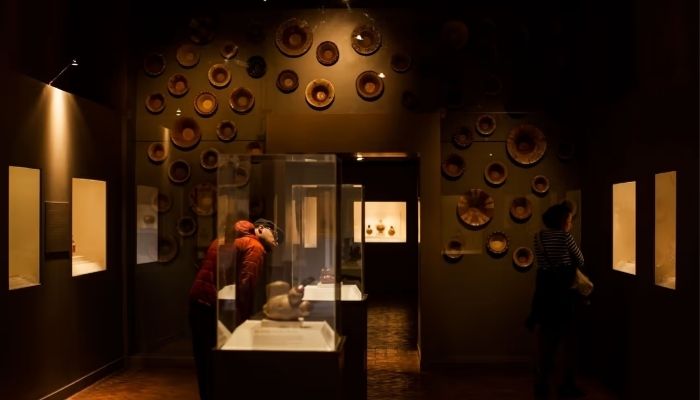
The Larco Museum in Lima, whose holdings are too large to be displayed there, donated roughly 450 objects to the Pre-Columbian Art Museum. Jewelry, ceramics, goldwork, weavings, silverwork, and other objects from the Nasca, Moche, Huari, Paracas, Chim, Chancay, and Inca cultures, which date from 1250 BC to AD 1532, are on show (and with English signs).
Additionally, a room and a hall are devoted to wooden sculptures from the Escuela Cuzquea (the Cusco School). The collection, which is housed in the historic residence of the conqueror Alonso Diaz, is modestly sized yet extremely carefully chosen.
3. La Compania
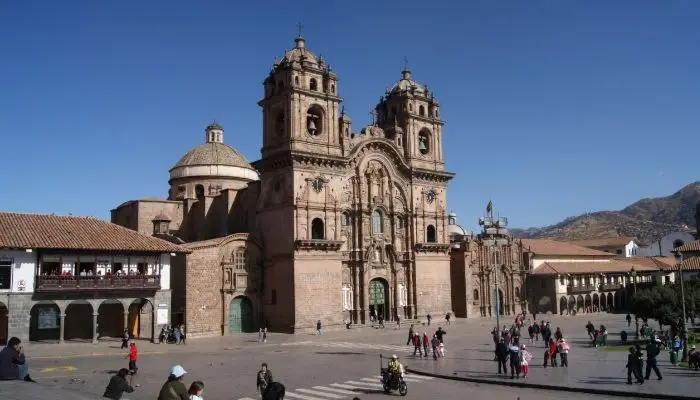
About 450 artefacts from the Larco Museum in Lima’s storage chambers, whose collections are too large to be displayed there, are housed in the Pre-Columbian Art Museum. Objects from the Nasca, Moche, Huari, Paracas, Chim, Chancay, and Inca cultures, which date from 1250 BC to AD 1532, are on display (and labelled in English). They also include jewellery, ceramics, gold work, weavings, silver work, and other items.
A chamber and a hall are devoted to paintings from the Escuela Cuzquea, or Cusco School, and wooden sculptures, respectively. The collection, which is kept in Alonso Dáz’s former mansion, is modest in size but extremely well-chosen.
4. Museo Casa Concha
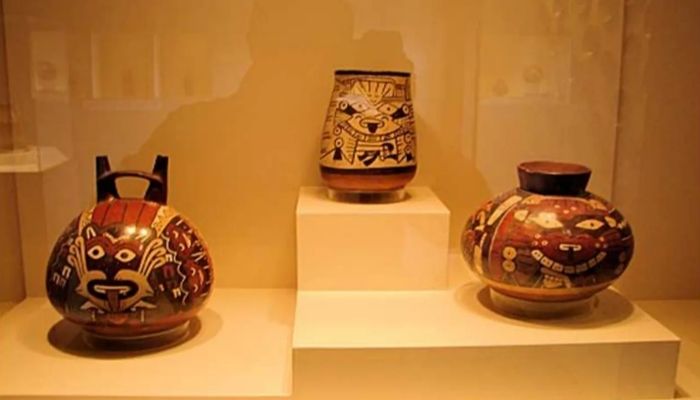
The artefacts that archaeologist Hiram Bingham discovered at Machu Picchu were returned to their original locations from the Yale University museums, a century after he first brought the site to the public’s attention.
They were brought back to Peru in 2011, following a decade of sometimes contentious negotiations, and are now on display in the former residence of Jose de Santiago Concha, an aristocrat from the early conquest.
More than 360 artifacts, ranging in size from huge ceramic pots to tiny silver pins, are kept in twelve rooms of the stunning balconyed house, which is spread out around three courtyards.
5. Museo Inka
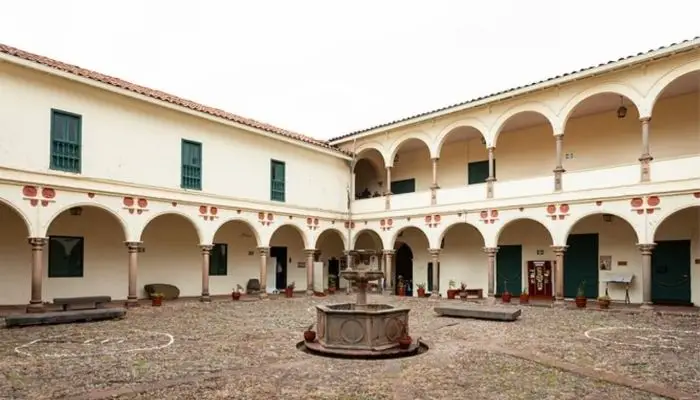
The beautiful 16th-century Spanish Admiral’s House, which is well worth a visit, is home to Museo Inka, the best museum in Cusco for anyone interested in the Incas.
Admiral Francisco Aldrete Maldonado lived in a home that was constructed on Inca ruins. It was severely damaged in the earthquakes of 1650 and 1950, but it has since been restored and is now one of Cusco’s most spectacular colonial homes.
The Incas are the main subject of the collections, from the development of their culture to the Conquest and its effects on Peruvian cultures. Ceramics, textiles, metal and gold work, jewellery, mummies, and skulls that exhibit an early surgical technique called trepanning are also on display.
6. Cathedral

The cathedral in Cusco underwent extensive renovations between 1559 and 1669. It is situated on the site of the palace of the Inca Wiracocha. The Renaissance-style church’s three-aisled nave is supported by just 14 sturdy pillars, which is astonishingly few for such a big nave.
The choir seats are artistically carved from cedar, and the main altar, which is made of silver, weighs 400 kilos. The cathedral’s collection of more than 400 works by artists from the Escuela Cuzquea, or Cusco School, is even more outstanding.
These paintings from the 16th and 17th centuries are exceptional because they combine a distinctly Andean influence with a European style. The Last Supper by Marcos Zapata, which depicts the apostles eating guinea pig, is a good illustration of this. Van Dyke is credited with painting the crucifixion in the sacristy.
7. Inca Walls
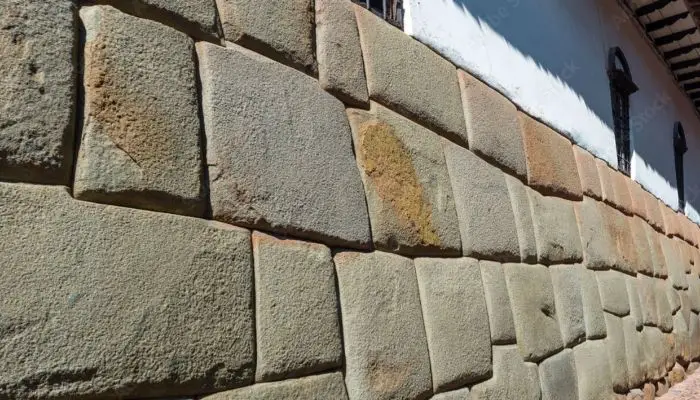
It feels like you are strolling through an outdoor museum when you are next to the historic Inca Walls that flank Cusco’s winding alleyways. The foundations of modern-day Cusco are these carefully built Inca walls, which are scattered throughout the city, although in some places they stand out.
Along the streets of Loreto and Hatunrumiyoc are some of the greatest locations to see them. Loreto, which extends southeast from the Plaza de Armas, is bordered on both sides by Inca walls. On the north side is the wall of the Acllahuasi, one of the oldest walls in Cusco, and on the south is the wall from Amarucancha, the location of the Palace of Huayna Capac.
The 12-sided stone found along the east wall of Hatunrumiyoc, which is located northeast of the Plaza de Armas, is its claim to fame. Because souvenir vendors frequently set up shop directly across from the stone, it is typically simple to find. Another magnificent instance of Inca stonework is the curving end of the Santo Domingo church.
8. Plaza de Armas
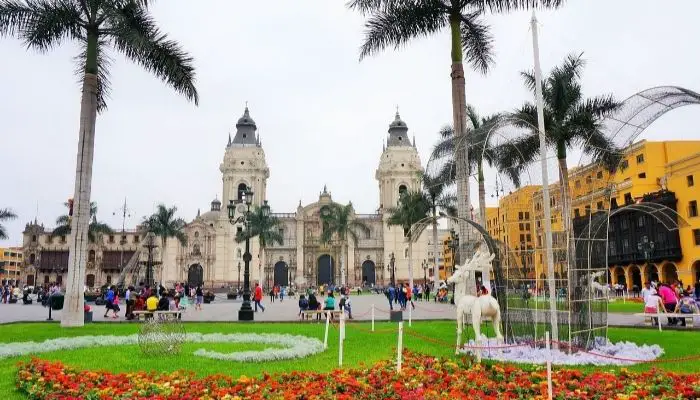
Since the Inca Empire, when the area was known as Huacaypata or Aucaypata, the Plaza de Armas has served as the centre of Cusco. The primary attraction is the cathedral, which is on the Plaza de Armas’ northeast side. Both locals and visitors may frequently be seen unwinding on its steps.
Colonial arcades line the other two sides of the Plaza de Armas. You can take a seat on the seats in the square’s middle to observe daily life in Cusco while taking in the gardens and fountain there. People are seen strolling across the plaza at night, and the buildings are illuminated by spotlights, making it particularly alive and attractive.
Strolling about the plaza, which is extremely vibrant and lovely after dark with people mingling and the buildings lit with spotlights, is one of the most popular things to do in Cusco at night.
9. Sacsayhuaman
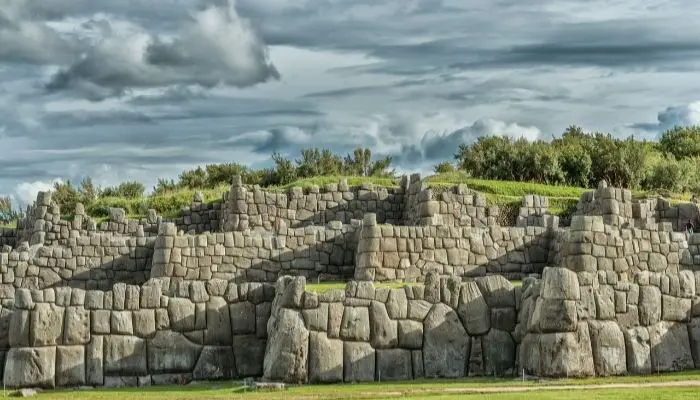
The most significant ruin in Cusco is the enormous fortified complex of Sacsayhuaman, which is close enough to the historic centre to be walked there. On their journey to Pisac, many visitors pause to view it. It is believed that Sacsayhuaman has both military and religious significance.
Sacsayhuaman served as the head of the puma-shaped structure known as Cusco. The teeth of the puma are formed by three defensive barriers that zigzag for about 300 metres.
This ruin is fascinating not just because of its enormous size but also because of the size of the stones used to build it and the intricate workmanship. A block from Sacsayhuaman was carted away to be used for construction in Cusco before it was protected in the 1930s, so bear in mind that what you see here is only around 20% of the total mass.
10. Santo Domingo and Coricancha
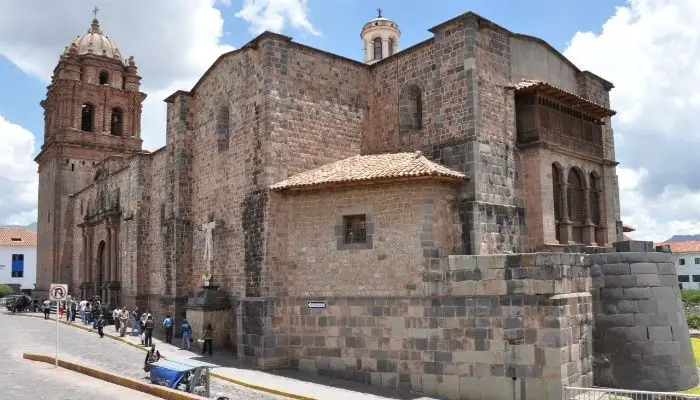
The Templo del Sol or Temple of the Sun, a notable Inca structure in Coricancha, is where the church of Santo Domingo was erected. The name Coricancha (Q’orikancha in Quechua) translates to “golden courtyard,” and its former wall coverings were made of real gold sheets.
Soon after the conquistadors came in Cusco, all of this was stripped away, and the majority of the gold was burned down. The beautiful Inca stonework that serves as the foundation of the cathedral of Santo Domingo is all that is left today of the once magnificent Coricancha.
With pre-Inca, Inca, and colonial items, many from Coricancha excavations, a modest museum describes the history of local civilisation and features a model of what it likely looked like.

